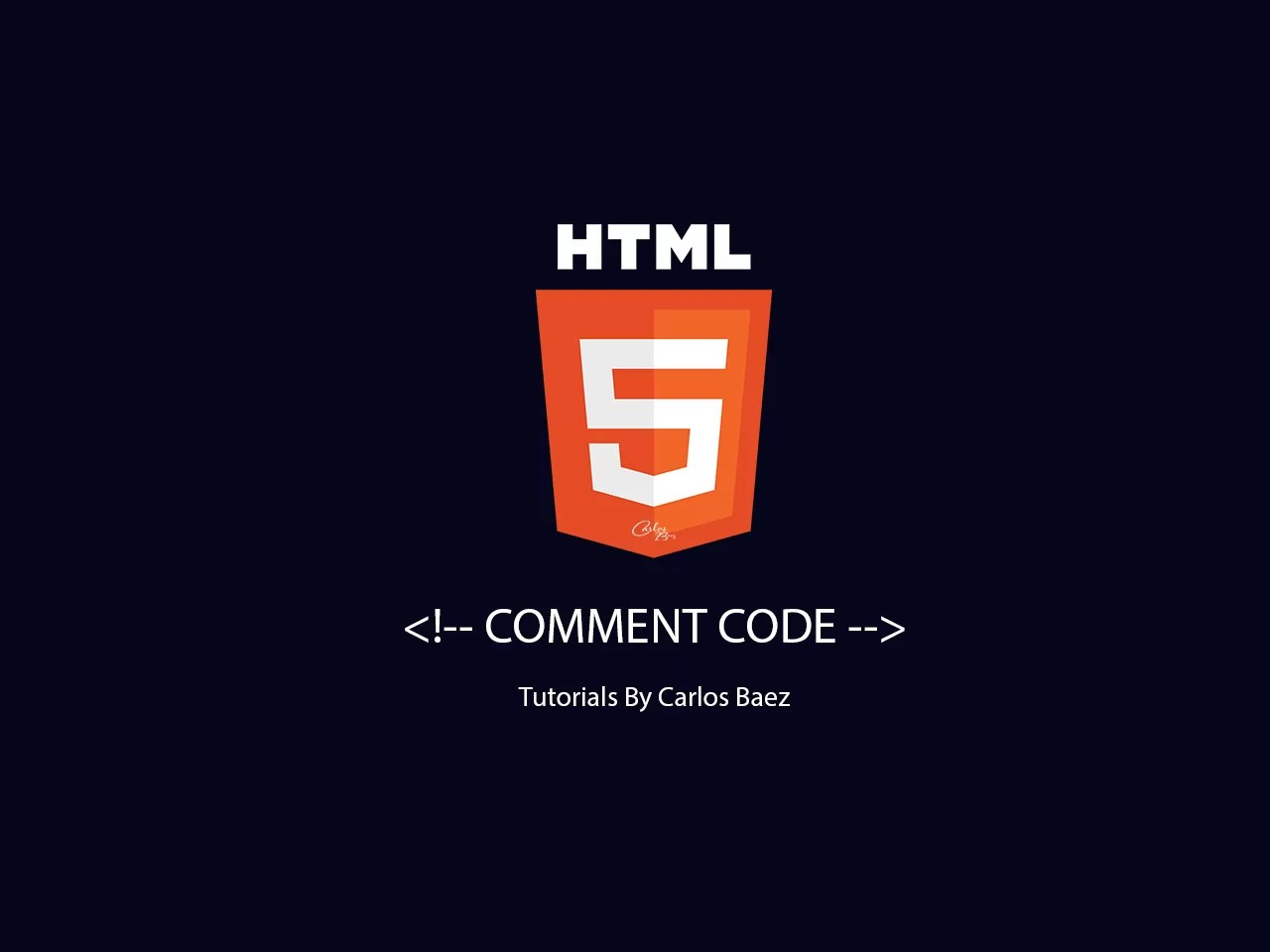HTML5 Comment Tag
Welcome to the world of HTML5, where every tag has its unique purpose, contributing to the overall structure and design of web pages. Today, we will dive into one of the simplest yet often overlooked aspects of HTML5: the Comment Tag. This article is perfect for beginners who are just stepping into the world of web development.
What is a Comment Tag in HTML5?
In HTML5, a comment tag inserts comments in the source code. Comments are not displayed in the browsers. This makes them incredibly useful for leaving notes or explanations within your code without affecting the visual output of your webpage. They are essential for developers to communicate within the code, clarify complex sections, or temporarily disable code that’s not needed.
Why Use Comment Tags?
- Clarity and Communication: Comments help explain what certain parts of the code do, making it easier for you (or someone else) to understand the code in the future.
- Debugging: Temporarily commenting out parts of code can be a valuable debugging tool to isolate sections causing issues.
- Collaboration: When working in teams, comments can provide context or instructions to fellow developers.
How to Use Comment Tags
Creating a comment in HTML5 is straightforward. Here’s the syntax:
<!-- This is a comment -->Anything placed between <!-- and --> will be ignored by the browser. Let’s see it in action.
Example Code with Comment Tags
<!DOCTYPE html>
<html>
<head>
<title>Sample Page</title>
</head>
<body>
<h1>Welcome to My Website</h1>
<!-- This is a section for the main content -->
<p>This is a paragraph in the main content area.</p>
<!-- Remember to add more information here later -->
<p>More content will be coming soon!</p>
<!-- This is a multi-line comment You can add as many lines as you like They won't appear on the web page -->
</body>
</html>In this example, comments are used to describe different sections of the code. Note that comments can be on a single line or span multiple lines.
Best Practices
- Keep it Relevant: Write comments that are relevant and helpful.
- Avoid Overuse: Too many comments can clutter your code. Use them judiciously.
- Stay Updated: Update comments if you update the code. Outdated comments can be confusing.
Conclusion
Comment tags in HTML5 are a fundamental part of coding. They help document your code, making it cleaner and more understandable. As a beginner, incorporating this practice early on will assist you in managing your code and establishing good habits for future collaborative projects.
Remember, the best code is not just about working efficiently; it’s also about being understandable and maintainable. Happy coding!
Bonus Code For HTML Comments and Javascript:
You can also use HTML Comment tags to hide Javascript from browsers that don’t support scripts like this:
<script type="text/javascript">
<!--
function displayMsg() {
alert("Hello World!")
}
//-->
</script> The JavaScript comment symbol is the two forward slashes at the end of the comment line (//). This prevents JavaScript from executing the end “–>” portion of the comment tag

